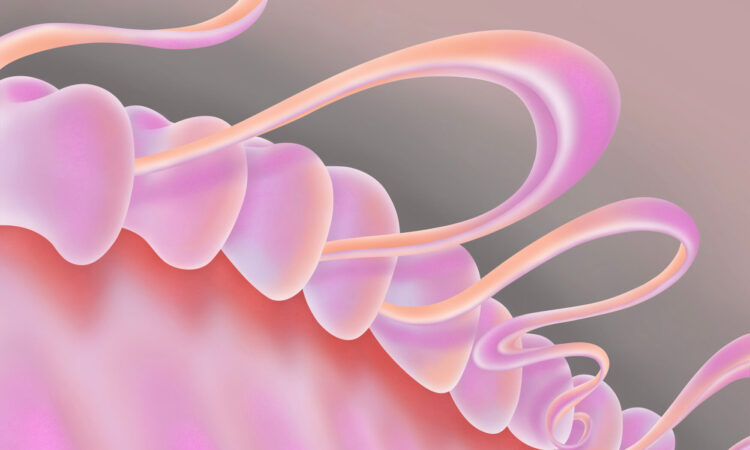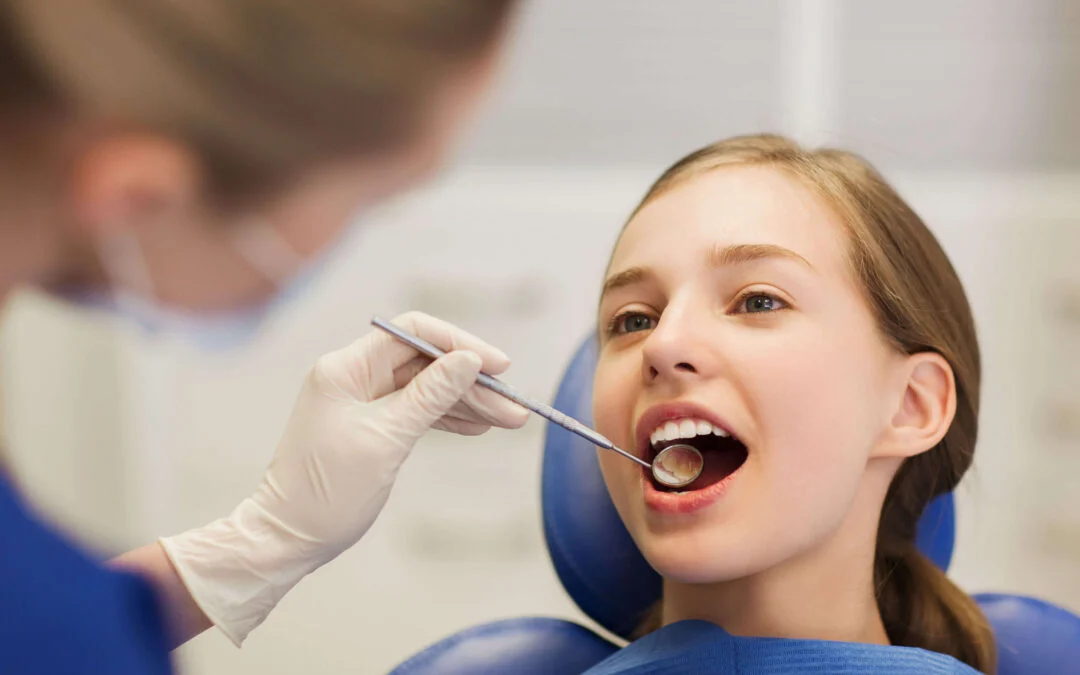
Gum disease, or periodontal disease, is a common oral health issue that can have serious consequences if left untreated. It ranges from simple gum inflammation to more severe conditions that can damage the soft tissue and bone supporting the teeth. Understanding how to prevent, recognize, and treat gum disease is crucial for maintaining a healthy smile and overall well-being. A Rancho Cucamonga dentist can help you with the proper diagnosis and treatment of gum disease.
The Importance of Oral Hygiene
The foundation of preventing gum disease lies in maintaining good oral hygiene. Regular brushing and flossing are essential practices to remove plaque, a sticky film of bacteria that accumulates on teeth. When plaque is not removed, it can harden into tartar, leading to gum irritation and inflammation. To minimize the risk of gum disease, it’s crucial to brush your teeth at least twice a day with fluoride toothpaste and floss daily to remove food particles and plaque between teeth.
Common Symptoms of Gum Disease
Recognizing the symptoms of gum disease early can prevent further complications. The initial stage, known as gingivitis, is characterized by red, swollen gums that bleed easily during brushing or flossing. Bad breath or a persistent bad taste in the mouth can also be indicators.
As the disease progresses to periodontitis, symptoms may include receding gums, loose teeth, and the formation of deep pockets between the teeth and gums. If you experience any of these symptoms, it’s important to consult a dentist promptly for evaluation and treatment.
Tips for Maintaining Healthy Gums
Maintaining healthy gums involves more than just brushing and flossing. Regular dental check-ups and cleanings are vital components of oral health care. Professional cleanings remove tartar that regular brushing cannot, and dentists can identify early signs of gum disease.
In addition, eating a balanced diet rich in vitamins and minerals supports gum health. Foods high in vitamin C and antioxidants, such as fruits and vegetables, help strengthen the immune system and reduce inflammation.
Non-Surgical Treatment Options
The treatment for gum disease varies depending on the severity of the condition. In the early stages, non-surgical treatments can effectively manage and reverse the disease. The most common non-surgical treatment is scaling and root planning, a deep cleaning procedure that removes plaque and tartar from below the gumline and smooths the root surfaces to prevent further bacterial buildup. This treatment helps gums reattach to teeth and reduces pocket depth.
Antibiotic therapy may also be used alongside scaling and root planing to eliminate persistent bacterial infections. In fact, antibiotics can be administered in various forms, including gels, rinses, or oral medications, to target specific areas of infection.
Surgical Treatment Options
In more advanced cases of gum disease, surgical intervention may be necessary. Flap surgery, or pocket reduction surgery, involves lifting the gums to remove tartar deposits and reduce the size of the pockets. This procedure not only improves gum health but also makes it easier to keep the area clean.
Bone and tissue grafts are other surgical options used to encourage the regeneration of lost bone and tissue. In fact, bone grafts involve using natural or synthetic bone to promote new bone growth, while tissue grafts involve taking tissue from another part of the mouth to cover the exposed roots and restore the gum line.
The Benefits of Early Detection and Intervention
Early detection and treatment of gum disease are crucial for preventing tooth loss and other complications. Regular dental visits allow for early identification of gum disease, enabling effective management before it progresses. Treating gum disease at its early stages not only preserves oral health but also reduces the risk of systemic issues linked to periodontal disease, such as heart disease and diabetes.
Conclusion
Gum disease is a preventable and treatable condition with the right care and attention. By practicing good oral hygiene, recognizing symptoms early, and seeking appropriate treatment, you can maintain healthy gums and a beautiful smile. Remember, prevention is always better than cure, so make oral hygiene a priority in your daily routine for lifelong gum health.



